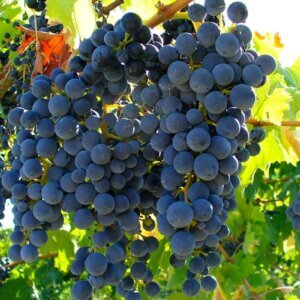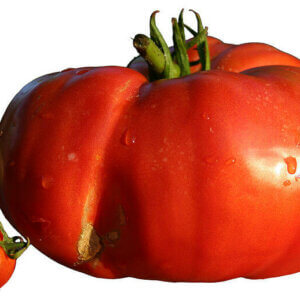It’s been one of those years. The pandemic of 2020, the uncertainty of life and all we hold dear, and even my garden struggled through the drought of early summer and flooding of early fall. I needed something positive to consider and plan for spring. Thoughts of my spring garden are what get me through the winter.
I was looking for something whimsical to add to my garden — something with a sweet twist to it. Imagine my surprise to discover the red and white trumpet-shaped flowers with stripes swirling the petals like a candy cane. Well, that’s what it made me think of — a candy cane. Yes! A candy cane flower!
Even the names had me hooked: Oxalis versicolor (which means changing color), striped-flowered wood sorrel, candy cane flower, candy cane oxalis, or candy cane sorrel. Isn’t it amazing some of the names people come up with for flowers?

These little treasures remind me of the seasonal sweet treat of Christmas: candy canes. And the flower is a show-stopping, sweet treat for my garden décor. Holiday cheer for my summer garden? Why not?
It’s a bulbous perennial from the Oxalidaceae family, native to South Africa. A low-growing plant, these “candy canes” are bedded in a clover-like patch of green leaves. I instantly knew this was a must-have for my garden. It’s the perfect ground cover for my rock garden; the one I call my secret garden.
Related Post: 9 Of The Best Decorative Plants For Christmas
It’s not so secret now but when we first moved in, the area was overgrown with brambles and shrubs, and I didn’t know it was there until I cleared away the thick mess. Now it nurtures a lovely array of Trillium every spring and the thought of adding another ground cover, this one red and white, seemed like a good counterpart to the delicate white blossoms.

Yes. I definitely needed some of the candy cane flowers. So, as we approached the candy cane season of the year (Christmas) when “visions of sugar plums” dance in our heads, I was having sweet dreams of my own candy cane garden.
The low-growing perennial makes an excellent ground cover for my rock gardens or bordering my larger garden areas. Apparently, it grows well in containers, and as such, can start indoors so long as it’s kept in a sunny location and not overwatered. Too much water sends the plant into a dormant stage.

My outdoor preference is the rock garden in a sun/shade location. Why? Most of my rock garden plants are spring flowers; the candy cane flower adds the much-needed twist of color for the rest of the growing season.
The swirling allure of red and white flowers, delicate and embedded in a clover-like mound of leaves, creates an attractive, festive appeal from July until early fall. The flowers open in the sun while remaining furled during overcast days, and do well in full sun to part shade.
And they’re easy to grow. Plant about 2 inches deep and at least 2 inches apart. The soil should be well-drained — although the plants can thrive in sandy, acidic, loamy, or even clay.

And like the delicacy it’s named after, the plant is edible. In fact, humans have enjoyed candy cane flowers for centuries — not for the sweet minty flavor of its candy counterpart, but for a sour, lemony flavor which makes it a great thirst quencher.
The leaves and flowers are a delightful addition to salads (not just for the added color, but also the diverse flavor), as well as soups, stews, and sauces, or as a seasoning. Like spinach, broccoli, and other domesticated vegetables, the candy cane flower has an oxalic acid content that gives it a sour taste. All parts of the plant are edible: leaves, flowers, seedpods, and roots.










































Leave a Reply